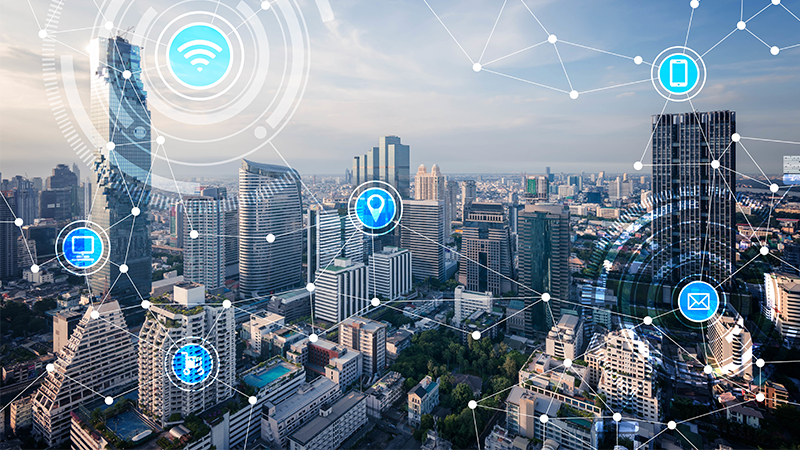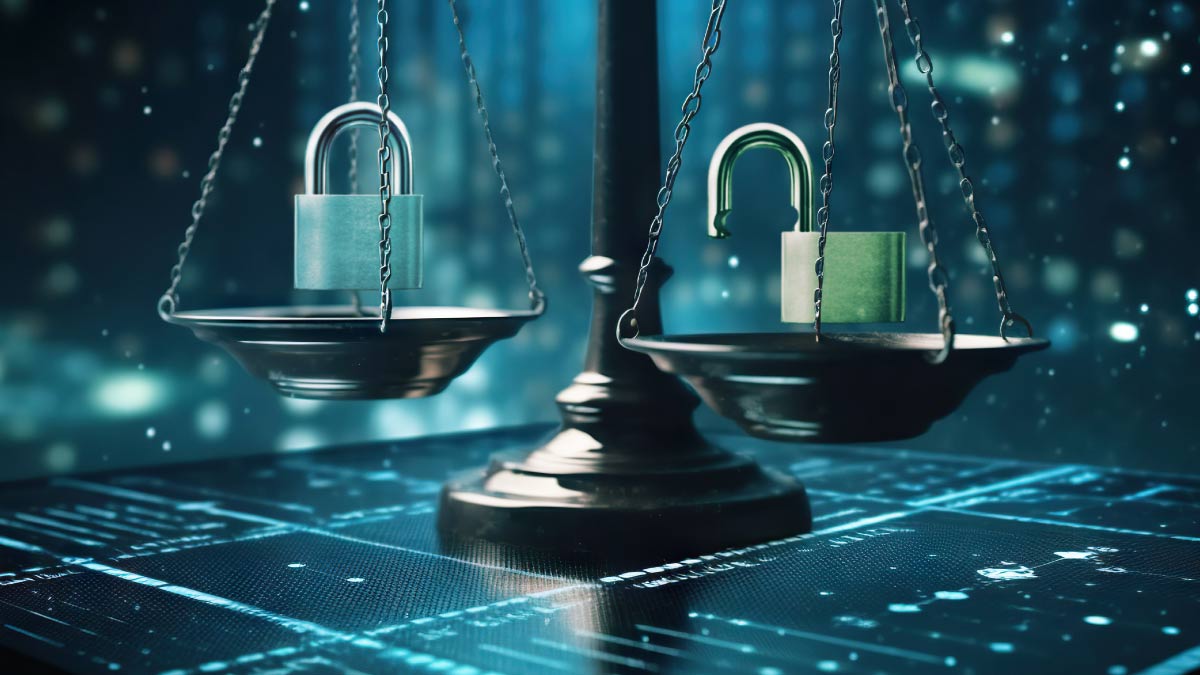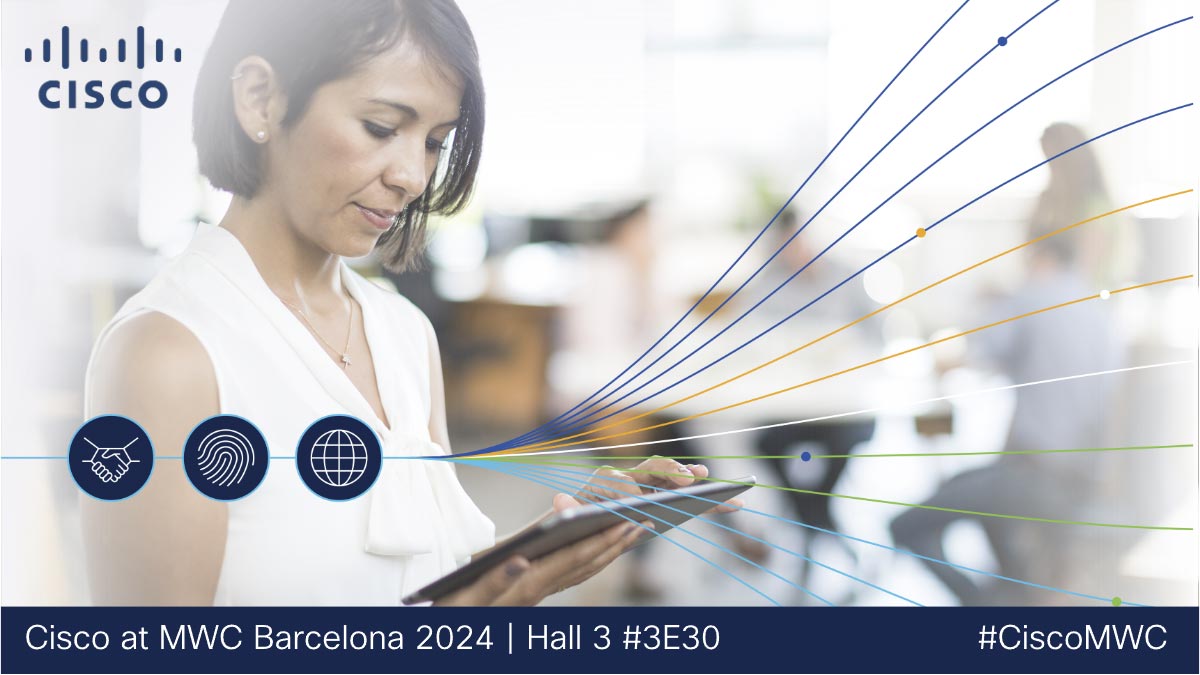As the Covid-19 virus spreads across the globe, cities are working quickly to figure out the fastest ways to respond. And that demands pinpoint visibility, remote connectivity, and rock-solid security.
That’s why the current crisis has underscored the importance of digital transformation in urban areas.
“With the Covid-19 virus, the virtualization of cities is critical,” said Herb Sih, co-founder of Think Big,” a Cisco partner that has helped transform urban centers like Kansas City. “Cities require the infrastructure not only to support the digital life of the citizens, but the digital life that the government needs to deliver services.”
Together with Cisco’s network expertise, Think Big has helped to drive everything from free Wi-Fi and public safety improvements to smart transportation, lighting, and traffic solutions. And many of these technologies are helping citizens — and front-line workers — stay connected and effective during the current crisis.
Beyond that, however, Think Big is exploring new innovations that could help to contain the virus.
“It’s very important,” Sih said, “that we try and shorten this duration of the crisis any way we can.”
The new solutions that Think Big is researching employ existing or easily adapted solutions that could combine with other emerging technologies like the Internet of Things or AI/machine learning. And Cisco’s networking technologies are the bridge that makes these new innovations possible.
“Cisco is a trusted business partner and one of the most essential ingredients,” Sih said. “Without connected technologies, there is no Internet of Things and no smart city.”
Find the Fevers
Testing potential Covid-19 patients for fever is a first step in diagnosing the disease and preventing further spread. But that can expose the testers; bog down health workers in tedious, manual tasks when their time could be devoted to more important activities; and open up the risk for human error.
Luckily, there are existing Internet of Things sensors that can be repurposed for this very challenge. “There are devices right now,” Sih said, “fixed mount optical sensors, infrared cameras, that can measure the temperature of things, and that could include people’s foreheads.”
With multiple sensors in a hospital waiting room, test center, train station, or airline terminal, health workers or data analysts could get an instant picture of who is at risk.
But processing all of that data into actionable results can be a challenge. Think Big has been partnering with another firm called Machine Halo to provide the software and analytics. “That’s the translational layer between all these devices,” he said.
While Sih warns it could be controversial if not done right, such sensors could also be combined with facial recognition technologies. “You could attach facial recognition or other ways to personally identify people,” he said, “while still protecting anonymity by using the unidentified aggregated data until it’s required.”
Temperature detection, he adds, is all about existing technology that could be scaled quickly to meet the demands of the current crisis.
“It's safer, it’s faster, it’s more reliable,” Sih said, “and it can transmit the data more quickly and do it at scale. It’s one of the first solutions that I think we could deploy right now. None of this is theoretical.”
Detect the Virus
Another technology that Sih believes could be repurposed quickly is InnovaPrep’s Bobcat air sensor. It was created to detect biological, chemical, or nuclear attacks. But it’s a relatively inexpensive and portable system that can be easily reprogramed to search for Covid-19.
“It’s been manufactured for the Department of Defense for over a decade,” Sih explained. “And it has use cases that are still classified in the world of chemical or germ warfare. But you can actually get a reading of the air that’s been pulled through for the Covid-19 virus and other coronavirus strains in two hours or less.”
Indoors or outdoors, the Bobcat could determine if an area is safe.
“You could use this device in a public space, a building, a movie theater, an auditorium,” he said, “or at the hospital, where you want to be able to detect if the virus gets out of the clean rooms. You have the ability to detect the virus, and get a reading back in hours, not days, and transmit into the cloud.”
The Bobcat is one of many such IoT sensors that could be relevant for relevant for today’s crisis.
“Environmental sensing,” Sih said, “whether it’s a company like InnovaPrep or other applications going forward, there’s just so many different use cases. It’s about using the right sensors for the right situation that can really make a difference. With [the Bobcat], we think it’s a useful technology right here, right now. And there are folks looking to deploy it at scale.”
Disinfect without danger
As for those hospital rooms and other spaces that do get contaminated, sending in teams of people can be dangerous. That’s where robotics comes in.
The U.S. Defense Department has been developing robots — also known as cobots for their ability to collaborate with human teams — for all kinds of hazardous duty. After all, they don’t get sick, never feel fear, and if programed right, rarely make mistakes.
In short, they’re a natural choice for the current pandemic. So Think Big has been exploring new use cases for them.
“Think about a Roomba,” Sih explained. “Imagine the Bobcat detecting the virus, then something like a Roomba disinfects the space using UV light or hydrochloric acid, which is an acid that actually is a very safe, but it's got an unstable shelf life. But if you can find a way to produce it at scale locally, hospitals and public spaces can really benefit.”
The idea is to take the danger away from human teams, and also the guess work, where invisible viruses are concerned.
“We’re working to get together a number of proven technologies and finding new use cases for them,” Sih said. “These Cobot models might be able to disinfect these places at scale. And not just wiping down hand rails. We’re talking about other surfaces, walls, ground material, whatever it may be.”
Join forces
Sih believes that the most powerful force for positive change in cities is collaboration and partnerships. Think Big is all about connecting the dots between ideas, innovations, disparate teams, and technologies. And he applauds similar efforts from Cisco CEO Chuck Robbins.
“I think Chuck Robbins and the role that Cisco is playing is really important,” he said. “I wish that more large companies and small companies and academics and cities could get together in collaborative discussions and really problem solve much more intelligently and differently in a time of crisis like this.”
After all, he concluded, the sooner we work together the stronger we'll be. And an acute emergency like the Covid-19 pandemic demands fast action.
“We just all need to work collaboratively together with design thinking and citizen engagement,” Sih said. “We need to co-create these solutions together, because we’re all in this together. We always have been, but now more than ever.”
###
We welcome the re-use, republication, and distribution of "The Network" content. Please credit us with the following information: Used with the permission of http://thenetwork.cisco.com/.
Image: © stnazkul - stock.adobe.com



